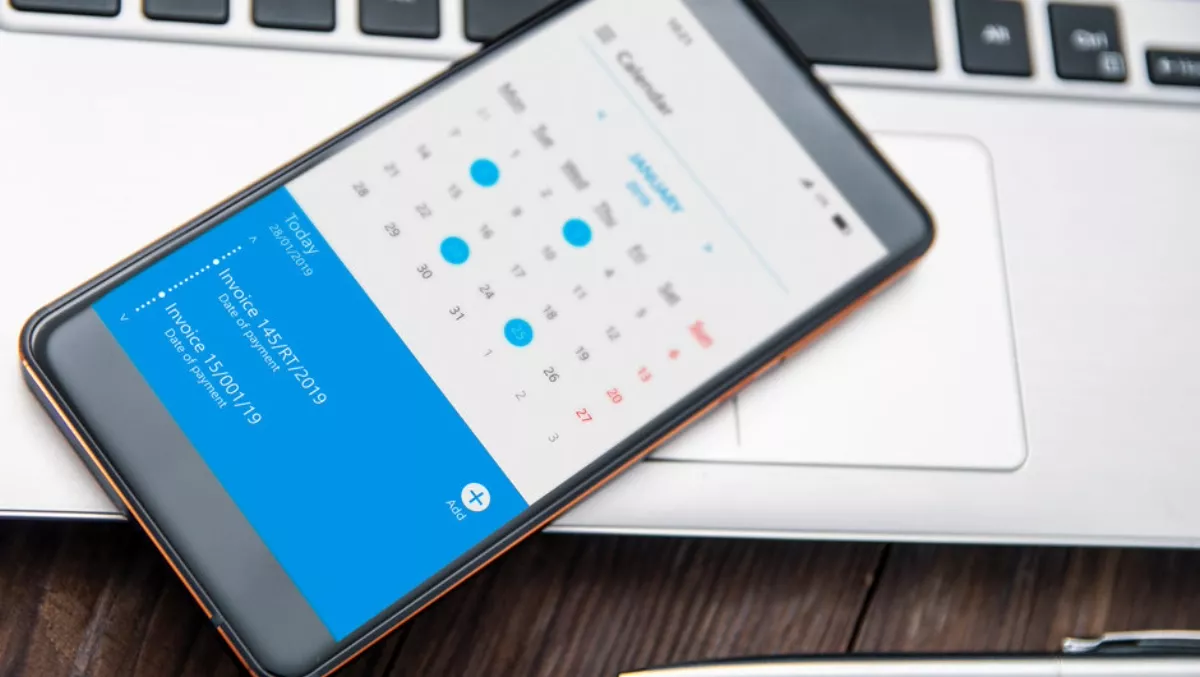
Preparing for eInvoicing requirements
The costs associated with paper-based invoicing have long been well-known. They include the time it takes to process invoices manually, the potential for errors through re-keying information into electronic payment systems, and the risk of paper-based invoices being lost or damaged, making on-time payment impossible.
Many organisations are looking to digitalise the invoicing process to save time and money. Now, the New Zealand and Australian governments are working on a joint approach to create trans-Tasman standards to eInvoicing that'll make it easier for businesses in both countries work with each other and across the globe.
Statistics from the Ministry of Business, Innovation and Employment show it costs more than $30 to process a paper invoice, nearly $28 to process a PDF invoice, and less than $10 to process an e-invoice, making it far more cost effective for businesses.
eInvoicing will be the first in a range of new digital innovations by the New Zealand Government that'll use the New Zealand Business Number (NZBN) to help businesses save time and money. The new rules around eInvoicing will help businesses send and receive invoices electronically without having to have the same accounting software as each other.
Many businesses have already begun to achieve significant savings by managing invoices entirely electronically. Until now, however, there has been no specific imperative for organisations in New Zealand to switch to e-invoices if they didn't already want to.
eInvoicing reduces deadlines and processing costs, improves productivity, and helps with cash flow control and management of working capital needs. When invoices are digital, companies can see at a glance how much is owing or how much is due, and budget accordingly.
This increased visibility is invaluable for companies looking to manage their cash flow carefully. And, with the data that can be collected, organisations can apply data analytics to gain insights into factors such as how much the business spends with each supplier. This can help provide ammunition to negotiate better pricing or payment terms from suppliers used regularly, or to identify suppliers that consistently provide the best products at the best prices. Businesses can make smarter purchasing decisions that can help drive the organisation forward.
eInvoicing can also help improve relationships between suppliers and customers by ensuring bills are paid on time. This lets businesses leverage early-payment discounts or, at least, avoid late payments that can fracture relationships.
Furthermore, e-invoices save time. For example, according to Ernst - Young's Worldwide Electronic Invoicing Survey, it takes 15 days to process a paper invoice but just three days to process an e-invoice, on average. Employees who no longer have to manually process invoices can direct their focus towards more fulfilling and rewarding tasks.
And, eInvoicing limits the risks of error and strengthens internal control systems. Reduced errors mean that there will be fewer double payments or missed payments, so staff members don't have to waste time rectifying these situations.
E-invoices also dramatically reduce the risk of falling victim to a false billing scam. These scams are relatively simple: the scammer sends a fake invoice to a company in the hopes that an overworked administrative staff member will just pay it without question. Fraudulent invoice scams are some of the most common affecting New Zealand entities and consumers, according to Spark.
Those benefits provide a compelling reason for organisations to move to eInvoicing regardless of any government mandate. However, with a government mandate potentially on the horizon, it's important for organisations to understand eInvoicing and begin to prepare.
Implementing eInvoicing isn't always as simple or straightforward as adopting an eInvoicing software platform and getting started. There are considerations such as tax compliance, international laws, and data security.
There are five steps businesses should take to ensure they adopt a multinational tax-compliant eInvoice solution:
1. Scope: Businesses need to understand what jurisdictions and stakeholders are involved, and conduct a market review of the solutions available.
2. Requirements: Some businesses will need a solution that incorporates GST or VAT requirements, for example.
3. Validation: It's essential to ensure that the chosen solution will comply with all regulations in the business's jurisdiction and won't leave the business open to non-compliance.
4. Implementation: Businesses should roll out the solution in a staged approach that includes notifying all customers and training all staff members.
5. Review: Once the solution is in place, it's important to review its efficacy regularly to ensure it still complies with all relevant legislation and remains fit for purpose for the organisation.
As a first step, businesses should start using their NZBN and the NZBNs of the other businesses they deal with. If working with a software provider or reseller, businesses should start checking about their plans to support the NZBN and eInvoicing subsequently.
There are numerous solutions available to help organisations streamline and automate their invoice processes. eInvoicing is the future of customer and supplier relationships, so New Zealand companies need to begin investigating their options sooner rather than later.

